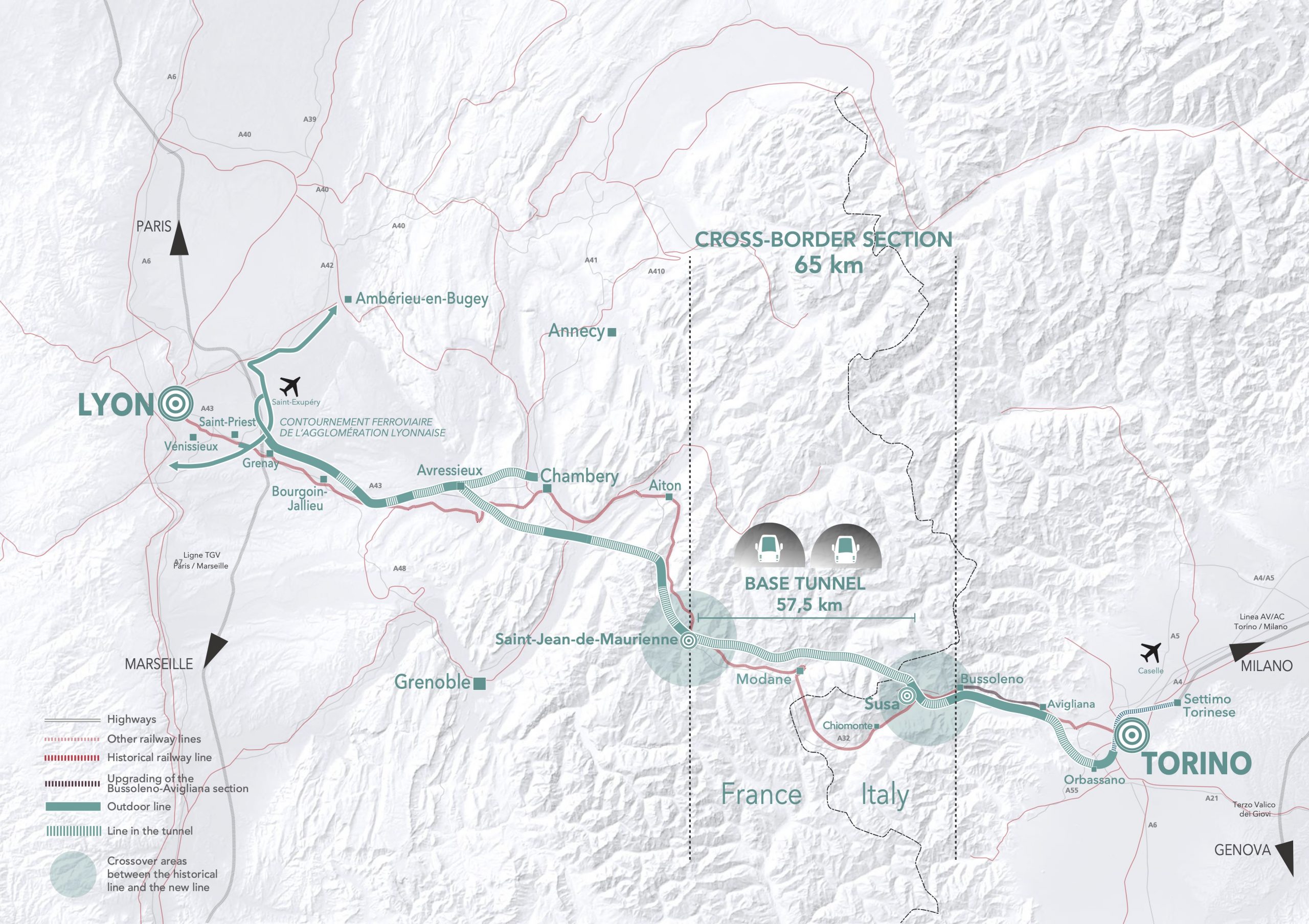The Spanish integration of EU railway standards and the Trans-European Transport Network (TEN-T) is taking shape. The year started with some significant developments for rail freight, mostly regarding the Mediterranean and the Atlantic TEN-T corridors running through the country.
In the context of the Mediterranean Corridor, the extension of various sidings to handle longer convoys was completed. For the Atlantic Corridor, steps are being taken to adapt a strategic node to the EU standard gauge, making it Spain’s first of its kind. However, questions remain about the lack of connectivity across the Pyrenees, for which a solution still seems far.
Mediterranean Corridor: it’s all about the sidings
Concerning the Mediterranean Corridor, handling 750-metre freight convoys is now possible at the PLATEA logistics platform in Teruel, located between Zaragoza and Valencia. The facility is managed by a pubic company, Aragón Plataforma Logistics (APL). Here, the train siding was extended from 450 to 750 metres, an initiative that cost nearly five million euros. Other than increasing the length of the siding, the project included the construction of a new entrance for trucks, a security fence and a shunting platform as well as the implementation of new lights.

Moreover, Spanish infrastructure manager Adif assigned the tender for the extension of three sidings along the Zaragoza-Tarragona line, part of the larger standard gauge railway connecting Madrid and Barcelona. The sidings are located in Chiprana, Nonaspe and Flix. The contract, worth 10 million euros, was awarded to Coalvi, a construction company based in Zaragoza. The sidings will be extended to accommodate 750-metre freight convoys. Other than this, the contract also includes the renovation of the superstructure of the line, including electrification and security and communication facilities.
The sidings in Chiprana, Nonaspe and Flix are not the only ones along the Zaragoza-Tarragona line. In November 2023, Adif launched a tender for over 36 million euros to extend seven more. All these projects are part of an agreement between Adif, the Barcelona Port Authority and Puertos del Estado, a state-owned company tasked with the management of Spain’s ports. The agreement aims at increasing rail freight connection from and to the port of Barcelona, where a new southern rail entrance is being developed.
Atlantic Corridor: the Júndiz-Vitoria strategic node
When it comes to the Atlantic Corridor in Spain, an update was provided by the Ministry of Transport on the Júndiz-Vitoria intermodal terminal, a key node for the corridor in the Basque Country. The facility is undergoing the first of four phases that will make it Spain’s first strategic node to be adapted to the standard gauge. An additional 1435 mm track will be added in two of the reception and dispatch lanes as well as in two loading and unloading areas. This phase also entails the upgrade of the intermodal facility, with the tracks being extended to 600 metres.

The cross-Pyrenees question remains
Outside of the TEN-T context, however, some issues persist in the Spanish northeast when it comes to cross-border railways. The line between Canfranc, in Spain, and Beodus, in France, has been closed since 1970, blocking a link between Zaragoza and Pau. Jorge Azcón, President of the Aragon Region, recently urged the European Commission to promote the reopening of the line. Currently, predictions say that this might not be achieved before 2030.
Azcón also stressed the importance of the Central Crossing of the Pyrenees (TCP) project, which was part of the TEN-T initiative until 2011. The line through Canfranc was one of the 10 possible layouts proposed by an informative study. However, the project seems to have been sidelined, leaving no railway crossing the Pyrenees between Spain and France. The Aragon President underlined that the TCP should not be forgotten as it has international relevance.
Also read:
